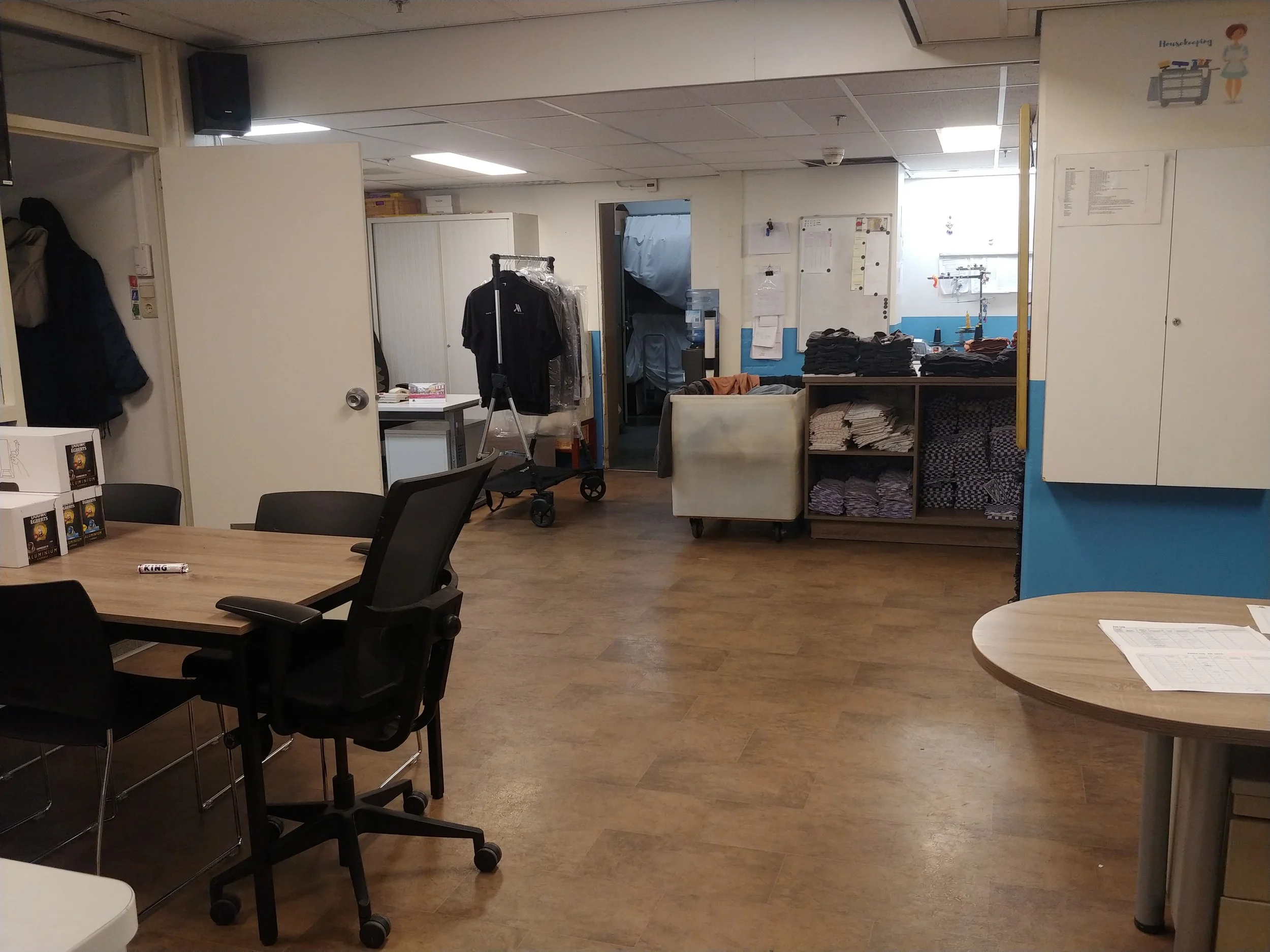Standup app idea
Lobster Ink (Ecolab), 2020
Business Problem
Approach
Next steps
Results
Arifact example
Lobster Ink has a fantastic culture of idea generation. However, there was room to improve their process of validating ideas with clients (and users). I was hired to improve their idea validation process. For one project in particular, the company had an idea that had been floating around for a few years and they really wanted to make this idea a reality. The idea: to digitize a process that typically happens in-person. I raised an important question we had to answer first: do our clients have a need for this digitization?
I prepared a research plan to validate this idea which involved speaking directly to the target users of this product idea. It turns out, no one had done this before! Any validation work done previously had been conducted within a suboptimal context - with corporate-level individuals who weren’t part of the target audience, or during sales conversations as a quick agenda item.
To bridge the knowledge gap we had, I sought to speak with the proposed end users of our product idea. This, as it turns out, was a very difficult task. Reaching users who are deskless workers (our platform’s main user group) can be a challenge. However, after a few phone conversations with our client account managers, and their connections, I was able to curate a lineup of around 10 individuals who held varying roles within the hospitality industry (Lobster Ink’s market) or held roles in an industry that Lobster Ink was striving to partner with.
I held one-on-one interviews with these individuals. I needed to understand how each individual went about their day, what devices they used, and a number of other offline details that would inform whether or not this product idea would fit into their daily work flows. The result? It was a resounding no; deskless workers simply did not have the time or the need to transform a daily office routine into a digital one (as this product idea was suggesting). Not only did their device capability fall short of what the idea assumed, but the existing daily routine in question was a relatively seamless process that frankly did not lend itself to a digital transformation. Instead of over-engineering a simple daily routine, my conclusion was that this was not a viable product idea for our proposed end users. We would only be adding time and effort to a routine that was supposed to be completed in as little time as possible. And/Or we would be creating a product that our users dreaded using.
The next step was to inform the business of this finding. However, given that it was a beloved idea, I decided it would be best to conduct some in-person studies in order to put more evidence behind my conclusion. I wrote up a “findings so far” report, sent it off to stakeholders, and prepared for some onsite validation.
I visited two local hotels in person and observed their daily team routines to understand if my interview findings would hold out in person. I also had the opportunity to interview several staff and shadow them during their shifts. My finding remained the same. This time, however, there was more colourful evidence for me to draw upon to really understand why this would not be a viable product idea for the hospitality industry. I sent off a “from the field” quick findings email to stakeholders.
Photo taken from a hotel visit, this is where daily briefings would take place.
I presented my full findings to stakeholders of the project in a way that ensured the evidence spoke for itself rather than bringing in my own opinions. The idea was removed from the executive 2020 roadmap. They agreed, this was not a viable product idea for our users. Most importantly, I was able to save the time and resources that would have been used to build this project. Those resources could now be utilized for a project with proven business value.
During my analysis, I create a flow of a process I was evaluating to more deeply understand how communication worked in hospitality and visualise it in a way that others would be able to quickly understand what I had learnt. The idea of this flow was to pinpoint where pain points occured and identify any patterns of improvement opportunities. I found that the most difficult part of the communication process (from corporate to frontline staff) was in the last leg of the communication journey which relied heavily on verbal communication. Our frontline users are deskless workers which means that they typically work offline and do not have an email account with the company. This presents a challenge when it comes to company-wide communications; however, there are certainly offline ways of approaching this challenge which manage to get the job done with only a few expected hiccups. This is a small piece of the exploration I did for this validation work.

